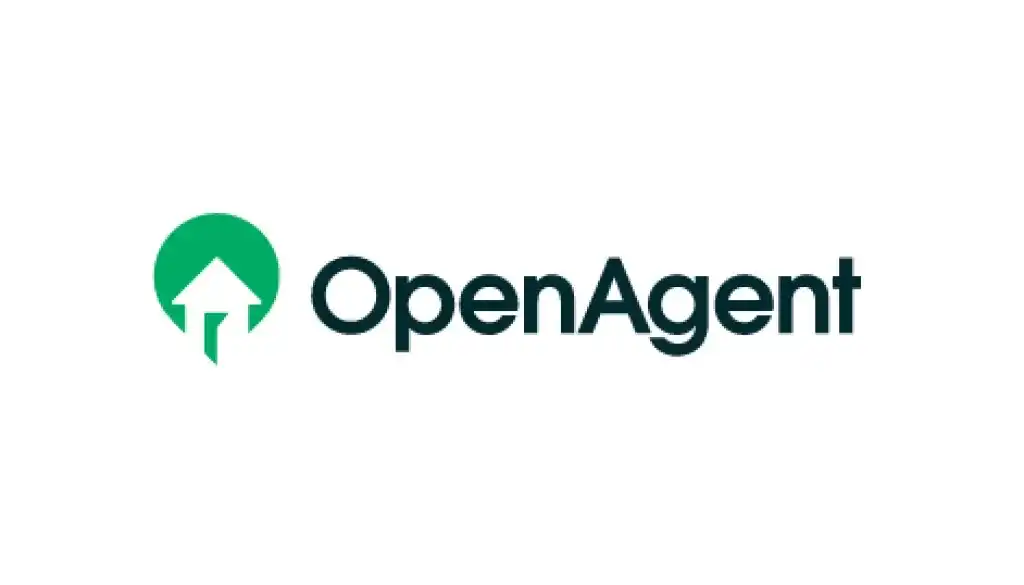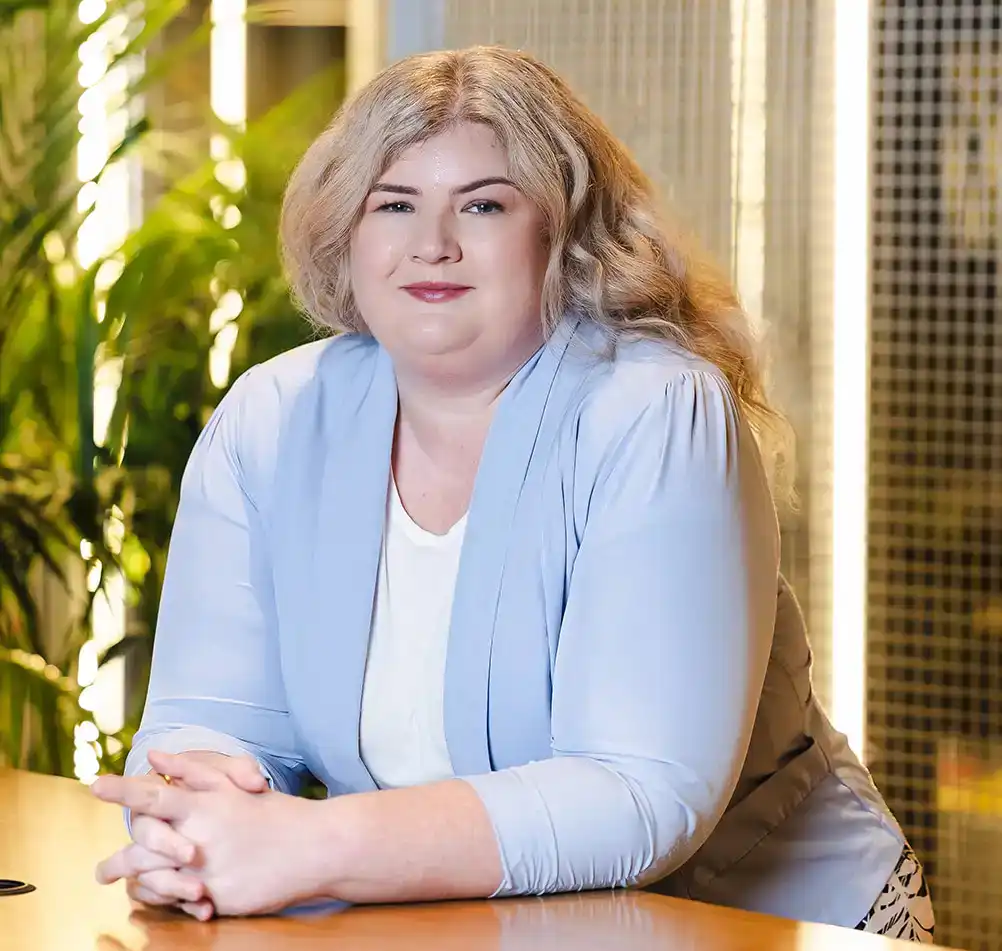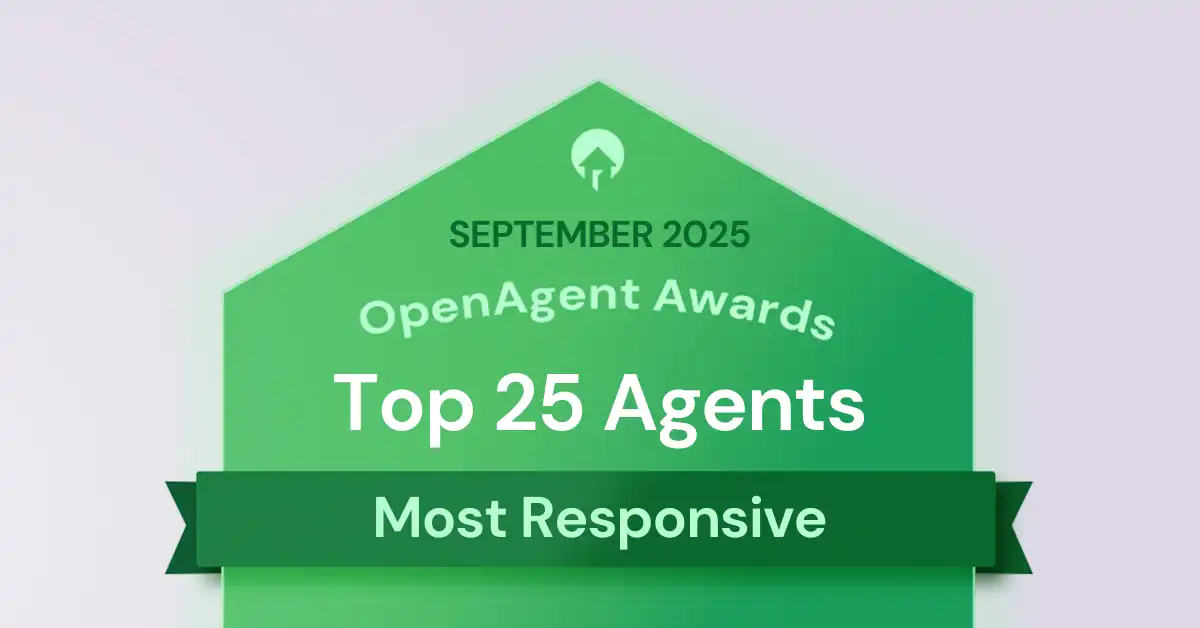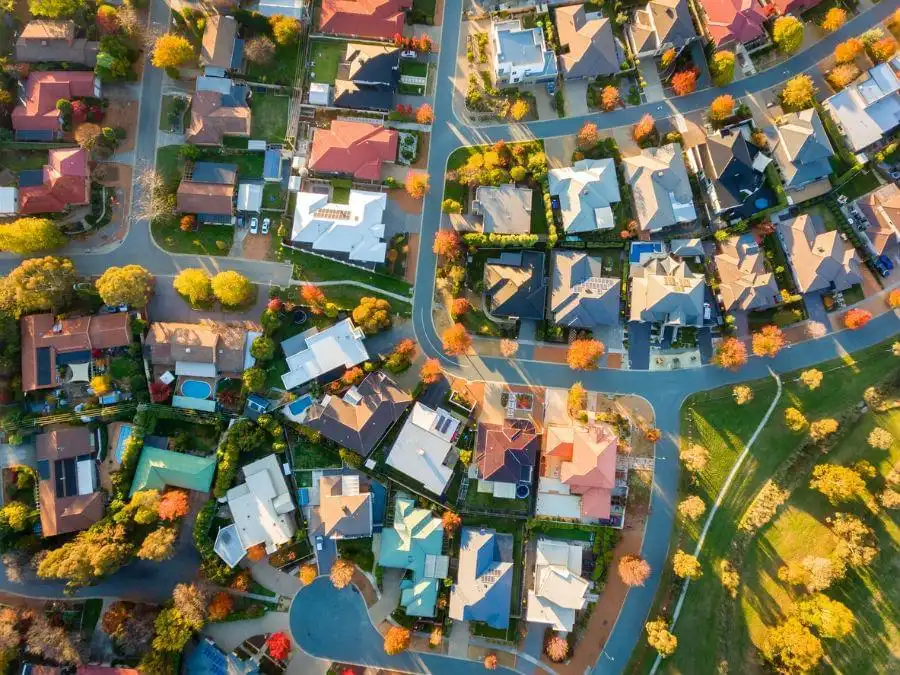Best areas in South Australia to buy property in 2026
Have you got an eye on the Adelaide or South Australian property market in 2026?
Here, we round up the latest data and expert insights on how property prices tracked in both Adelaide and regional South Australia over 2025, where they could be headed in the new year, and which ten suburbs around the state could be prime investment locations.
Let’s start with an overview of how South Australian property performed in 2025.
What did the property market look like in Adelaide and South Australia in 2025?
South Australia solidified its reputation as one of the nation's most consistent property markets in 2025, delivering robust returns across both capital and country areas. While Greater Adelaide recorded steady growth of +6.7 per cent in the 12 months to October 2025, it was Regional South Australia that arguably stole the spotlight with a surge of +10.5 per cent. Both markets outperformed the national average of +6.1 per cent, driven by a persistent undersupply of stock and renewed buyer confidence following interest rate cuts earlier in the year.
In the capital, the median dwelling value climbed to approximately $870,000, with the unit sector slightly outperforming houses. Adelaide units rose by +7.1 per cent over the year to a median of $630,000, while houses grew by +6.7 per cent to reach $920,000. Demand was broad-based, with first-home buyers utilising the Expanded Home Guarantee to enter the market, while upgraders competed fiercely for scarce listings, pushing auction clearance rates well above historical averages.
The ripple effect was in full force across the state, as buyers priced out of the city sought value in major regional hubs and coastal towns. Regional dwelling values reached a median of roughly $500,000, with transaction volumes lifting significantly despite low stock levels. This momentum was supported by a strengthening local economy, with the state's push into renewable energy and mining providing a solid employment base for regional communities.
For investors, South Australia offered a compelling mix of capital growth and yield. Vacancy rates remained critically low—hovering near 0.8 per cent in Adelaide and often lower in the regions—which kept upward pressure on rental prices. Andrea Heading, CEO of the Real Estate Institute of South Australia (REISA), summarised the state's resilience, stating, "South Australia continues to outperform expectations. Growth has been strong but measured, which is the hallmark of a sustainable market."
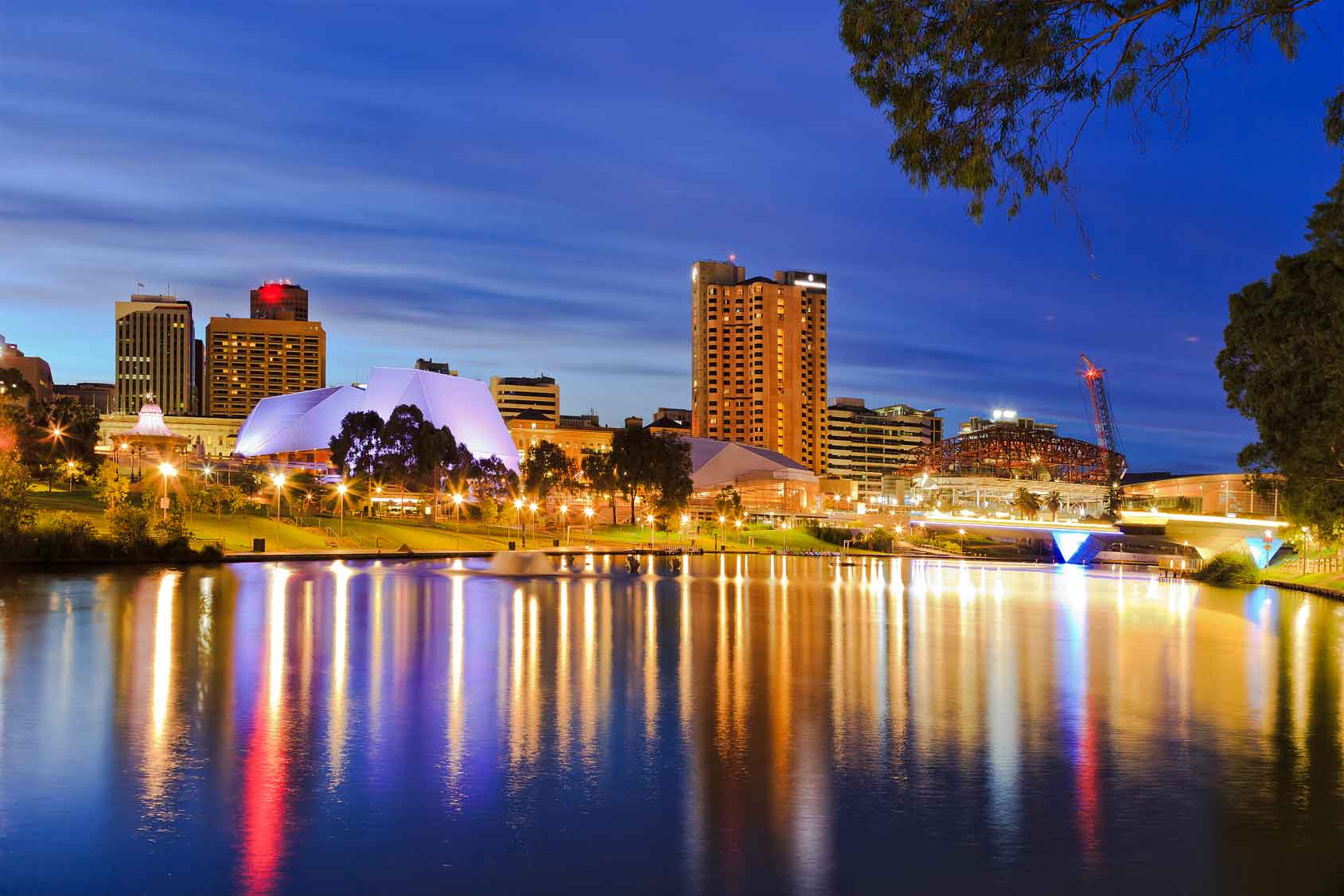
South Australian suburbs with the highest growth
While Adelaide has been on an incredible run of growth over the past five years, one part of the city continues to deliver exceptional returns due to its relative affordability and ongoing gentrification: Adelaide's North.
Here are the five highest growth suburbs for houses in 2024 according to CoreLogic's Best of the Best report:
- Elizabeth East grew +26.6 per cent for a median value of $574,027
- Elizabeth South grew +26.5 per cent for a median value of $496,628
- Salisbury North grew +25.6 per cent for a median value of $579,319
- Davoren Park grew +25.5 per cent for a median value of $517,004
- Elizabeth Grove grew +24.8 per cent for a median value of $514,854
Interestingly, it was the city's south that dominated when it comes to units, with four of Adelaide's top five growth suburbs of 2024 coming from that part of the city:
- Salisbury East grew +40.2 per cent for a median value of $445,872
- Edwardstown grew +35.5 per cent for a median value of $585,027
- Hove grew +35.0 per cent for a median value of $708,432
- South Plympton grew +34.3 per cent for a median value of $572,118
- Brighton grew +32.2 per cent for a median value of $755,839
Looking to regional South Australia, here were the top five movers for house price growth in the state:
- Ardrossan grew +22.5 per cent for a median value of $476,413
- Maitland grew +20.3 per cent for a median value of $411,276
- North Beach grew +19.4 per cent for a median value of $595,890
- Waikerie grew +19.3 per cent for a median value of $344,909
- Murray Bridge grew +18.7 per cent for a median value of $461,655
You may be thinking these figures look promising, but is it worth investing in the state?
Looking ahead: how are Adelaide property prices expected to change in 2026?
National property values are projected to reach new record highs in 2026 as interest rate cuts reignite buyer demand, and South Australia is expected to remain one of the country's strongest performers. While the frenetic pace of recent years may moderate, the consensus is that the market has plenty of steam left. SQM Research is particularly bullish, forecasting Adelaide dwelling values to surge between +10 and +14 per cent. In contrast, the major banks are more conservative, with Westpac and NAB predicting growth in the +4 to +6 per cent range as affordability constraints begin to bite.
The primary driver shielding the state from a downturn is a critical shortage of stock. Westpac notes that on-market supply is among the tightest in Australia, which is putting a hard floor under prices in both Adelaide and regional hubs like Mount Gambier and Port Lincoln. This scarcity is fueling competition, with NAB reporting that regional property values have continued to rise as buyers look outside the capital for affordability and lifestyle.
For investors, the rental market remains a standout feature. With vacancy rates hovering below 1 per cent in Adelaide and near zero in some regional towns, rental yields are sitting well above the national average, attracting cash-flow focused buyers.
Louis Christopher, Managing Director of SQM Research, sums up the momentum, stating, “The Adelaide housing market is overall in a seller’s advantage… [2026] should make for another solid year.” Ultimately, most South Australian property market predictions suggest that while the boom might calm to a steady rhythm, the fundamentals remain heavily tilted in favour of property owners.


